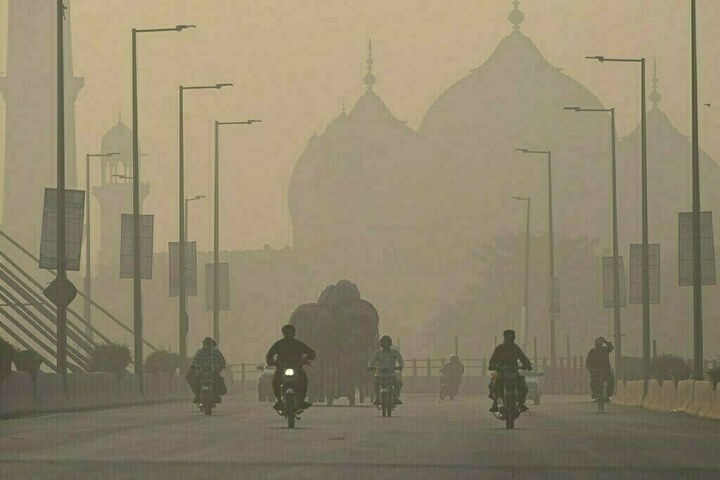Pakistan has emerged from one of its worst smog seasons, with millions exposed to toxic air pollution for nearly four months. Lahore, the country’s most polluted city, saw air quality levels 20 times above safe limits, while Karachi and Islamabad also faced severe pollution for 120 days. Experts blame factory emissions, vehicle pollution, and crop burning for worsening the crisis.
This year, smog levels started rising as early as October, lasting longer than usual due to delayed winter rains. The thick haze forced school closures in Punjab and severely impacted public health. Residents struggled with respiratory issues, while visibility dropped so much that the smog was visible from space.
Climate activists and experts warn that Pakistan’s pollution problem is worsening due to changing weather patterns. Young activist Risha Rashid has even taken legal action against the government, calling Islamabad “another Lahore.” Many residents, especially those with health conditions, say the pollution affects both their physical and mental well-being.
With climate change making weather unpredictable, experts urge urgent action to reduce emissions. A recent poll found that four out of five Pakistanis felt affected by the smog. Unless strict environmental policies are enforced, the country risks facing even worse pollution in the coming years.
